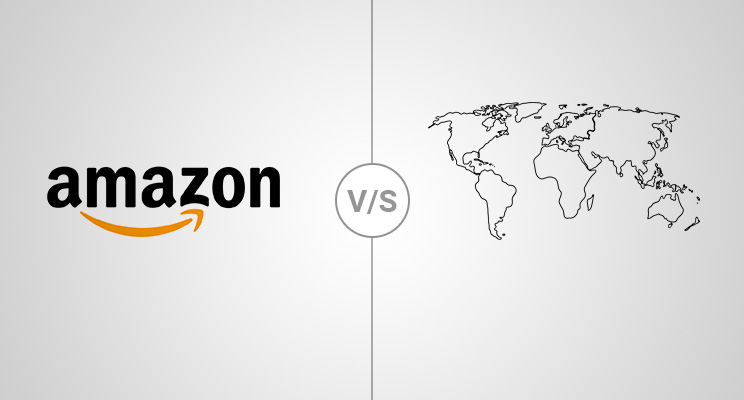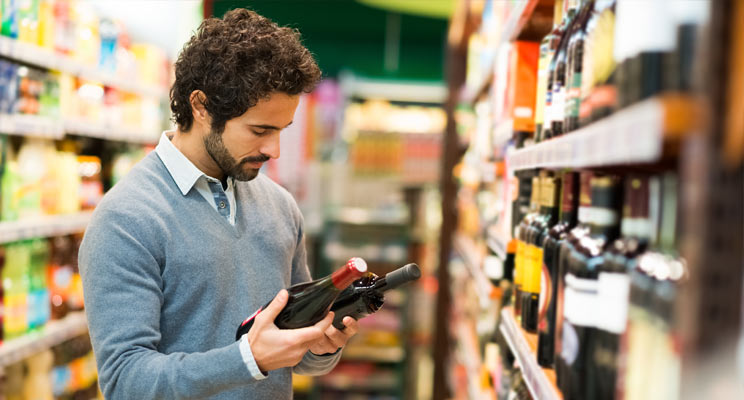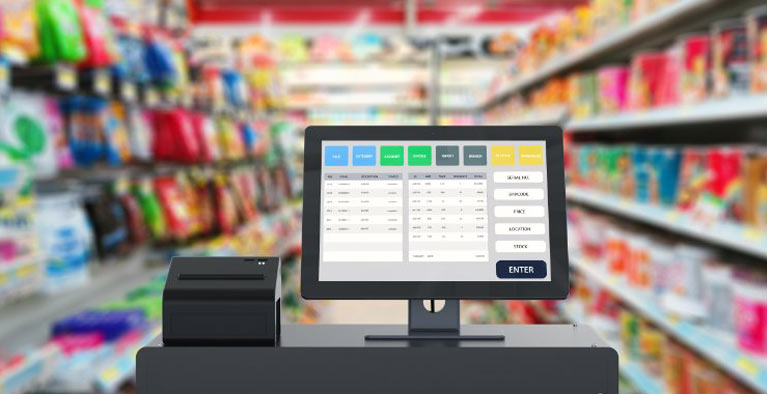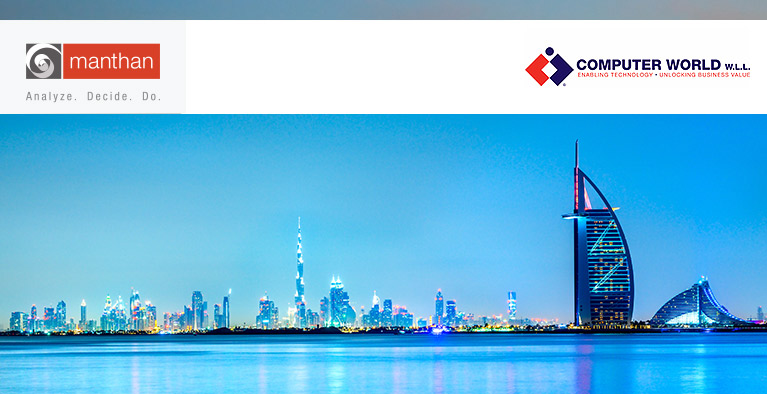
From Analog to Algorithms – The Evolution Marketing in Retail
As someone who loves retail and the technology behind it, looking back at how things were done in the past, really lets me appreciate how far we have come. Consumers no longer see a distinction between online and offline shopping. Whether it’s searching on a laptop, browsing main street shops or hanging out at the mall — it’s all shopping. This evolution of shopping behavior has brought some drastic changes in the way sales and marketing operations in a retail set up. The one on one relationship that a corner store thrived on has translated into a different kind of conversation, a conversation with machines. I am not talking about some sci-fi, ‘Ex-Machina’ kind of stuff, but how machines, more specifically the algorithms within those machines are enabling marketers have 1 to 1 conversations: at scale. Imagine you walk into a party and have the ability say a hi, ask a how are you, and have an individual conversation with a hundred, different people at the party: at the same time. That’s superpower is what makes today’s retail fascinating.
Roles within the retail organization have had to adopt and adapt to newer ways of working, and none more so than the roles within marketing. You know, the ones who generate the demand, increase footfalls and visits, engage in conversations, influence a sale, increase basket value, promote loyalty. Those guys. The way they are engaging the customer and enhancing the customer experience has truly gone through a massive overhaul. And the true beneficiary of all this advancement, the customer. Allow me to elaborate.
3 ways marketing in retail has evolved.
Deciding on what promotions to run and how – Grown men dressed as cartoons, people handing out free samples and pamphlets, huge banners offering even bigger discounts – all calling attention to the new cereal brand that a CPG manufacturer launched. Scenes that today’s Marty McFly would see if he went back to the 80s and 90s. Real estate costs have ensured that retailers can no longer afford to have huge promotional activities in-store, but there is a much bigger space out there that offers unlimited space to run promotions, online. Stores now have apps, websites and an ever-increasing following on social media. These are perfect playgrounds for the marketer of today to announce promotions on new product launches, discounts, and offers.
But before one gets there, they must decide what promotions to run. Analytics solutions provide insight into consumer behavior and patterns that allow marketers to decide on a specific segment of their marketable audience a promotion might really work on. Add demand forecasting based on local and seasonal variables to the mix and you know have a better understanding of which offer needs to be promoted. The big players are even accounting for the demand fluctuations based on the weather to ascertain what products need to be promoted. Isn’t that next level stuff?
Digitization of conversations – One salesman for every two aisles. Every customer that lingers on for more than 5 mins gets a ‘hi, how may I help’ you. Great playbook, worked well. Then. Today’s shopper learns about your product, reads reviews for opinions, gets influenced by peers and knows what needs to be bought before they even enter the store. Face to face conversations is no longer the moment of truth. This would mean the overall marketable audience has increased exponentially and the conversations you need to have with every prospect plays a crucial role in increasing awareness and interest in a specific item.
Several tools are now available in the market that let you push mass communications on social, email, mobile and even in-store displays. But the real trick is to stitch a flow that makes it seem like every touchpoint with the customer is crafted per the individual’s lifestyle and appears personalized. This is mainly done by algorithms and the approaches can be broadly categorized into two types.
Collaborative filtering methods are based on collecting and analyzing a large amount of information on users’ behaviors, activities or preferences and predicting what users will like based on their similarity to other users.
Content-based filtering methods are based on a description of the item and a profile of the user’s preferences. Keywords are used to describe the items and a user profile is built to indicate the type of item this user likes. In other words, these algorithms try to recommend items that are similar to those that a user liked in the past (or is examining in the present).
Without these algorithms helping them communicate digitally, a retail marketer today would face a tremendous challenge in having a ‘voice in the market’ and keeping their brand ‘top of mind’.
Omnichannel, real-time communication – The consumer of today no longer sees online and physical stores as two different entities. If your brand must drive loyalty, it must provide a seamless experience online and off. Click and collect, same day delivery and other fulfillment models sure help in the delivery of your products but the bigger challenge is to communicate with your prospect effectively in-store, around the store and online. A marketer now can get a single view of the customer across all the touchpoints and the information no longer resides in silos. Remember the days of last touch attribution?
Location-based analytics can now tell the marketer when the user is near the store and a targeted promotion can be sent based on the users online browsing behavior. In store beaconing technologies have given a serious boost to a marketer’s ability to send relevant offer promos within the store. Old school retailers used to rely on pop up displays, VR and off late, AR too. But consumer preferences clearly indicated that these technologies are not the best usage of time, space and more importantly, money. ‘Tell me if you have what I want, tell me if it can be bought cheaper, and tell me where and how to buy it’ is all the information that today’s consumer needs and the retailers are delivering. AI and prescriptive analytics have further augmented their ability to communicate in a complex omnichannel setting by automating time-consuming tasks like content creation and optimizing spend.
The old school, Don Draper sort of marketer is sure learning how to use tech, and it’s not just the marketer that is benefitting from this evolution, but the customer too. If you are looking for a solution provider that has enabled multiple retailers with the above capabilities, take a look at manthan.com.









